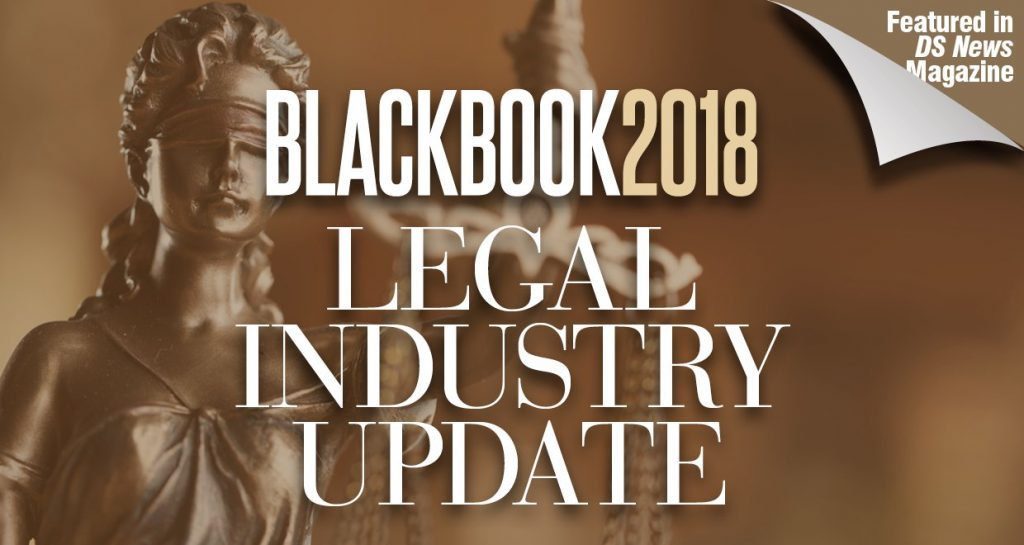
Editor's note: This story was originally featured in the January issue of DS News, out now.
During the week of September 4, 2017, most Floridians sought shelter and boarded homes and businesses in anticipation of a direct hit by then-Category 5 Hurricane Irma. The path of the hurricane appeared to swallow the entire state, threatening each coast and all counties in between.
Default law firms, especially those with a footprint extending to Texas, were acutely aware of the risk to business posed by such a storm. Hurricane Harvey had just made landfall in Houston two weeks earlier, and firms saw nearly all default-related processes, referrals, and services grind to a halt in the impacted region. While effectuating business continuity plans and relocating key staff to maintain business operations during the approaching storm, firms and servicers alike contemplated the impact of a statewide natural disaster, and began preparing worst-case scenario contingency plans.
The Robert T. Stafford Disaster Relief and Emergency Assistance Act (42 U.S.C. 5121 et seq.) gives the President the authority to declare a national disaster for any area affected by a hurricane. Whenever such a disaster is declared, mortgagees must, among other mitigationrelief options, immediately implement a moratorium on foreclosures in accordance with HUD guidelines for the duration of 90 days. This applies to the initiation of foreclosures, as well as to foreclosures already in process.
In the days following Hurricane Irma, 70-80 percent of default volume was placed on hold, and new referrals were arrested. Firms immediately reduced and reallocated staff to offset anticipated losses, and began creatively exploring additional fee opportunities presented by the circumstances, namely in the form of hearing and sale continuances.
Firms also proactively contacted the major servicers in an effort to carefully outline various exceptions carved out of the moratorium. For example, to be included in the moratorium, subject properties must have been occupied and directly affected by the disaster. Firms implored servicers to send property inspection teams to counties known to be less impacted by the storm. Reputational risk, however, deterred most mortgagees from taking this approach. Servicers preferred to cautiously maintain FEMA holds on all government-backed loans for the duration of the 90 days.
Florida judiciaries, conversely, felt no obligation to honor the moratorium, and took a more aggressive approach. In Florida, the continuation of a hearing or sale is left to the discretion of the judge. Many counties and individual judges refused to grant firms’ requests for hearing, trial, and sale continuances based on FEMA holds without actual evidence of property damage. To avoid entry of judgment and auction sales in such cases, servicers were compelled to conduct property inspections to confirm whether damage existed. In some cases, servicers may not have had the opportunity to order an inspection in a timely manner, and may have proceeded with the foreclosure of an impacted property, the very sin mortgagees sought to cautiously avoid.
In hindsight, servicers may have been better able to satisfy the spirit of the moratorium by taking the time and resources to inspect for damage during the course of the moratorium. Given the scope of the holds, servicers could have mitigated costs by focusing inspection efforts on properties with upcoming hearing, trial, and sale dates. Mortgagees would have been better prepared to respond to judiciaries anxious to avoid year-end docket backlogs, and would have proactively identified those at-risk properties and mortgagors whose protection the moratorium truly sought to secure. The circumstances presented to the default industry in the state of Florida by Hurricane Irma proved that the cautious approach may not always produce the intended result, especially in the context of a natural disaster impacting an entire judicial foreclosure state.

 DSNews The homepage of the servicing industry
DSNews The homepage of the servicing industry









